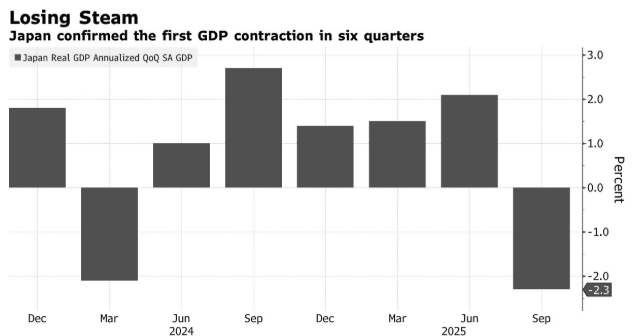Following the prolonged slump in European long-term bonds, US Treasuries also came under pressure, with the yield on 30-year Treasuries rising back to 5% at the beginning of this month. This marks the most challenging period in history for long-term bonds.
Late Tuesday, benchmark yields rose about 4 basis points at the long end of the curve, pulling back from intraday highs, after the ISM manufacturing report showed weakness in overall activity, employment and payment prices, while new orders rebounded.
The US Treasury market is set to have a crucial week of economic data, including the release of the August jobs report on Friday, which will determine the extent to which the Federal Reserve is expected to restart its widely anticipated easing cycle in September. After Labor Day, the typical corporate bond issuance boom has intensified the pressure on the US Treasury market, with 27 companies issuing investment-grade bonds.
The vulnerability of global long-term government debt reflects the accumulation of huge expenditures, especially after the pandemic, which requires an increasing issuance of bonds for financing. As the yield on the 30-year US Treasury bond rose to nearly 5%, its British counterpart also reached its highest level since 1998. The yield on French government bonds also rose by 6 basis points to 4.51%.
Kathy Jones, chief fixed income strategist at Charles Schwab, told Bloomberg Television: “The bond market is telling you that not only here but elsewhere, it’s worried about the path we’re on.” “Until we get some sort of coherent policy or a signal of economic slowdown, the market will continue to digest higher term premiums. We might see this in the jobs report.”
Ed Al-Hussainy, a rates strategist at Threadneedle Investments in Columbia, said the ISM report “is in line with expectations of a weak labor market and a modest recovery in future demand.” He said the U.S. Treasury market looked a bit expensive at the start of the month and added that “historically, September has been a poor month for duration risk, or exposure to longer-term interest rates.”
According to data compiled by Bloomberg, over the past decade, the median decline in global government bonds with maturities of more than 10 years in September was 2%. This was the worst monthly performance so far this year.
Michael Cudzil, a senior portfolio manager at Pimco, said: “The phenomenon of long-term bond yields rising in September has certainly occurred in the past. Today, this has clearly been achieved through a considerable number of corporate bond issuances, with the issuance volume this month potentially reaching $160 billion.”
Yields on 30-year bonds in the UK and Europe soared, pushing the benchmark US rate slightly closer to 5%. Then buyers emerged, and there were several large transactions in the futures market. Among them, one buyer purchased 10,000 contracts of 10-year Treasury bonds, helping the yield fall back from its intraday high around 9 a.m. New York time.
John Briggs, head of US interest rate strategy at Natixis in North America, said: “The 30-year bond yield may just stall slightly around 5%. I don’t think it’s a magic number at all, and I have been seriously concerned about the global long-term bond market for the past one or two weeks.”
Briggs said that for the US to cut interest rates amid high inflation would be “a rather simple way to cause the curve to steepen further”.
Traders currently expect the Federal Reserve to cut interest rates by 21 basis points at this month’s meeting and by a total of 25 basis points by the end of the year.
The employment data to be released on Friday will be the last key employment report before Federal Reserve officials decide whether to cut interest rates for the first time this year. Fed Governor Christopher Waller said last week that he supported a 25 basis point rate cut at the September meeting, but added that his view could change if this week’s employment report “shows a significant weakening of the economy and inflation remains well controlled.”


